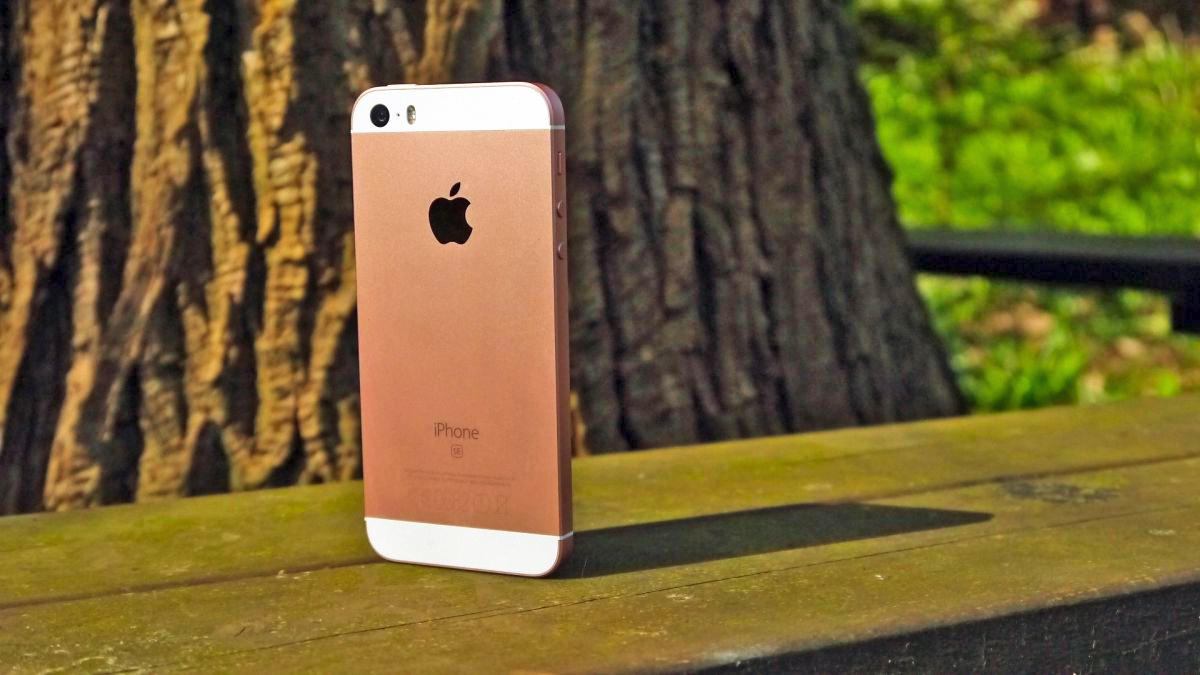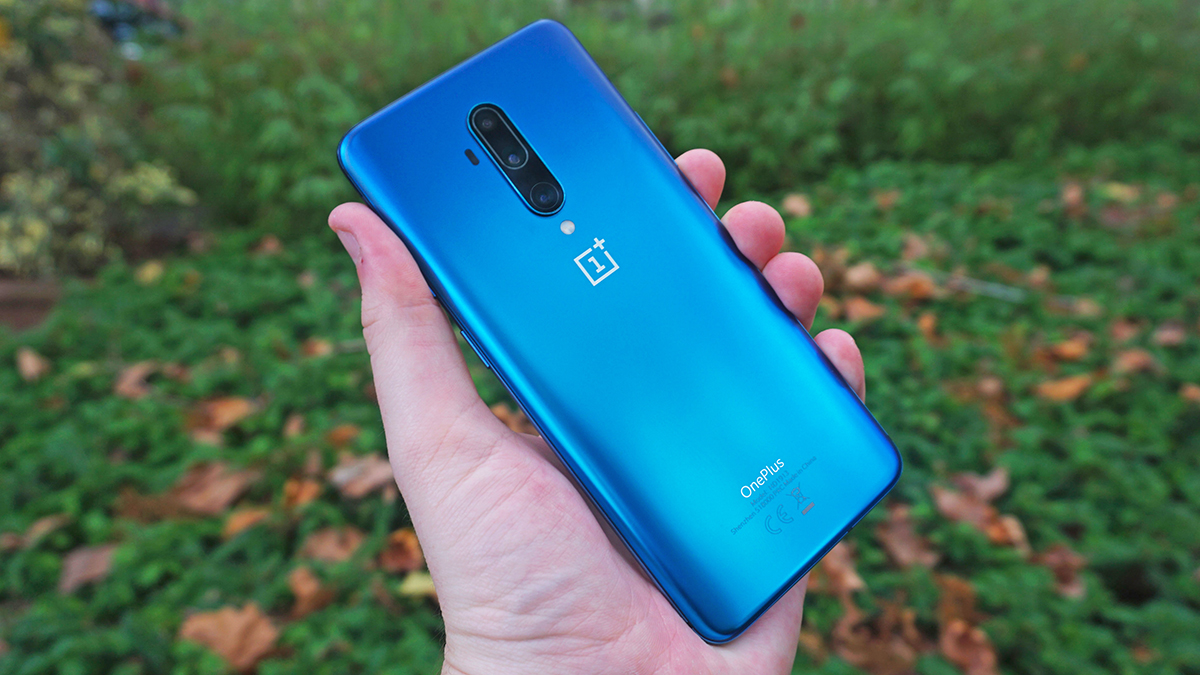Around this time of year, we’re usually eager to see the big, flashy flagship phones that were introduced at MWC finally reach the public. But this is no ordinary year, and the outbreak of Covid-19 hasn’t just cancelled MWC 2020 and messed with phone releases – it’s disrupted lives all over the world.
Which makes the iPhone 9 and OnePlus 8 far more important phones for consumers than any elite phones, including the foldable phones that the industry had been championing as the next generation of handset technology. Even if the Samsung Galaxy Fold 2 comes out later this year as rumored, average consumers probably won't be lining up to buy it. After all, the first Galaxy Fold cost $1,980 / £1,900 / AU$2,900 launch price.
It’s no secret that both the iPhone 9 and OnePlus 8 are expected to be revealed in this week, and they couldn’t come at a better time. As aggressive outbreak-fighting measures lead to higher unemployment and interrupted cash flows for many consumers, affordability has suddenly become a lot more important. So if you can get cutting-edge features at a discount, that’s even better.
The iPhone 9 and OnePlus 8 represent two approaches to solve this problem: Apple's new iPhone has the potential to offer essential features at low cost, while OnePlus strikes to create a true budget flagship with 5G connectivity.

The iPhone 9: Apple’s return to affordability
The iPhone 9 will supposedly take after the iPhone SE as a phone that forgoes top-end features for the essentials: one rear camera, one front camera, Touch ID, a higher-end A13 chipset, and access to iOS. All in a smaller 4.7-inch display format with, yes, huge top-and-bottom bezels.
The iPhone 9, as rumored, would already have fit the needs of plenty of people – but if it hovers close to the iPhone SE launch price of $399 / £379 / AU$679, it would be a solid option for plenty of anyone who need affordable functionality. It’s especially apt for folks who just need a device to hold them over until the economy picks up again.
While the iPhone 8 has met this need, it’s been on the market for two and a half years, and it wasn’t even much of an upgrade on the previous year’s iPhone 7. The iPhone 9 could pack some of the software enhancements of the subsequent generations, like the iPhone 11 line’s spectacular night photography mode.
The OnePlus 8: affordable 5G

Assuming the OnePlus 8 isn’t much pricier than its predecessor – the OnePlus 7T cost $599 / £549 (around AU$937) at launch – it could be the first budget flagship released in 2020, since the Samsung Galaxy S20 line didn’t include a cheaper model.
If the OnePlus 7T and OnePlus 7 are anything to go by, the new phone will have top-end specs at a discount: one leak suggests 8GB or 12GB of RAM with 128GB or 256GB of storage, putting it solidly on par with other flagship phones.
Given the OnePlus 8 is suspected to be 5G-capable, it could be the cheapest 5G phone in many markets, too. That means the OnePlus 8 is a bit of a bit safer investment for folks who don’t want to have to trade in the phone they buy this year just to connect to a 5G network in 2021 or later.
Sometimes, progress means staying in place
It’s not that we’re unexcited about foldables and other cutting-edge technologies; we just know they’re suddenly a lot less important than the phones that will get us all through 2020.
OnePlus’s strategy of keeping its budget flagship models low-cost happens to be suited for this moment, while Apple’s long-awaited iPhone 9 couldn’t launch at a better time. Regardless, both phones are the best we could get at this moment – and until more phones launch in this mid-range/budget flagship niche, we could see these two become a lot more popular through the end of the year and beyond.
- Best cheap phones: the handset that will get you through this year
from TechRadar - All the latest technology news https://ift.tt/34zuU9i